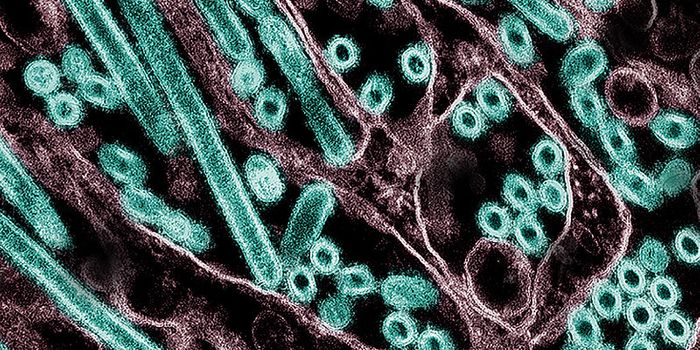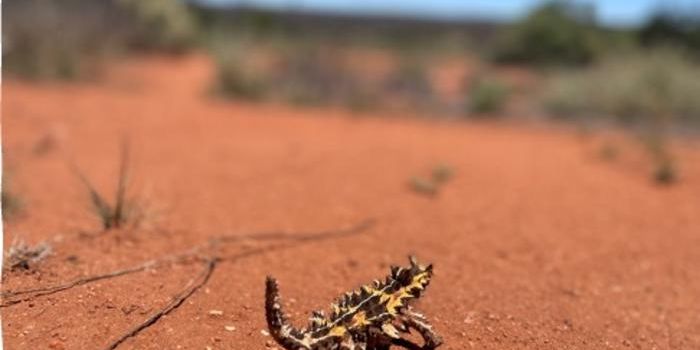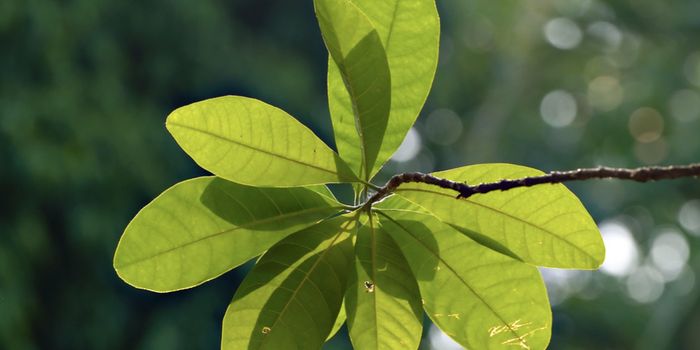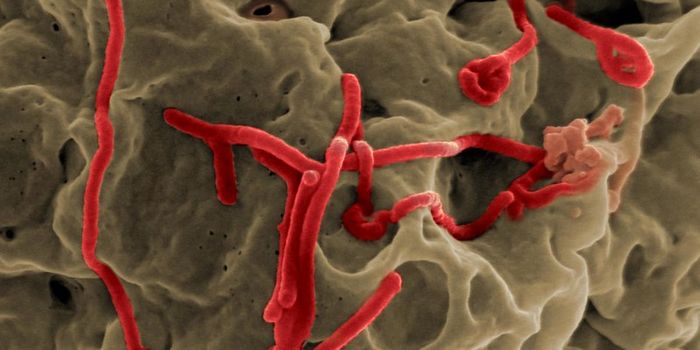Locating Genes to Help Fruit Survive Droughts
As climate change becomes more prominent in our world, people and plants alike are starting to feel the effects of a changing climate more strongly. This includes more severe weather and extreme temperatures, which have led to droughts and rising sea temperatures around the globe.
Many of these consequences, such as drought, pose significant consequences to plants and animals, including humans. For example, drought poses direct risks to crops and agricultural operations, which threatens food chains and could create severe hunger crises around the globe.
As a result, scientists are searching for new solutions every day to help alleviate some of the challenges that climate change is pose to the planet, particularly when it comes to protect fruits, vegetables, and other vital foods from the consequences of drought.
In the first of its kind, researchers at Cornell and Boyce Thompson Institute have completed a spatiotemporal study that examines how genes in tomato plants respond to water deprivation and stress over long periods of time. The study is published in a recent article published in Plant Physiology.
This work represents a unique opportunity to understand how to manipulate a plant’s genes to help improve its ability to respond and adapt to drought conditions. As part of their study, researchers sought to understand which tomato genes played a role in how the plant responded to a lack of water over a period of time. The team examined gene expression in tomato leaves and parts of the fruit, looking at both ripe and underripe tomatoes under different types of simulated drought conditions, range from no drought conditions or water deprivation to extreme conditions.
The team found that a very minuscule fraction of the genes impacted by water deprivation were expressed in all aspects of the leave and the parts of the fruit the team examined. The fruit tissues also changed over time.
Tomato plants exposed to a mild amount of water deprivation actually created positive changes in the fruit. For example, these conditions led to an increased amount of lycopene when a fruit was ripe.
Researchers also noted a way to improve how the offspring of tomato plants respond to water deprivation; planting seeds of plants exposed to water deprivation led to a new plant that could recover from water deprivation more effectively.
Sources: Eurekalert!; Plant Physiology








